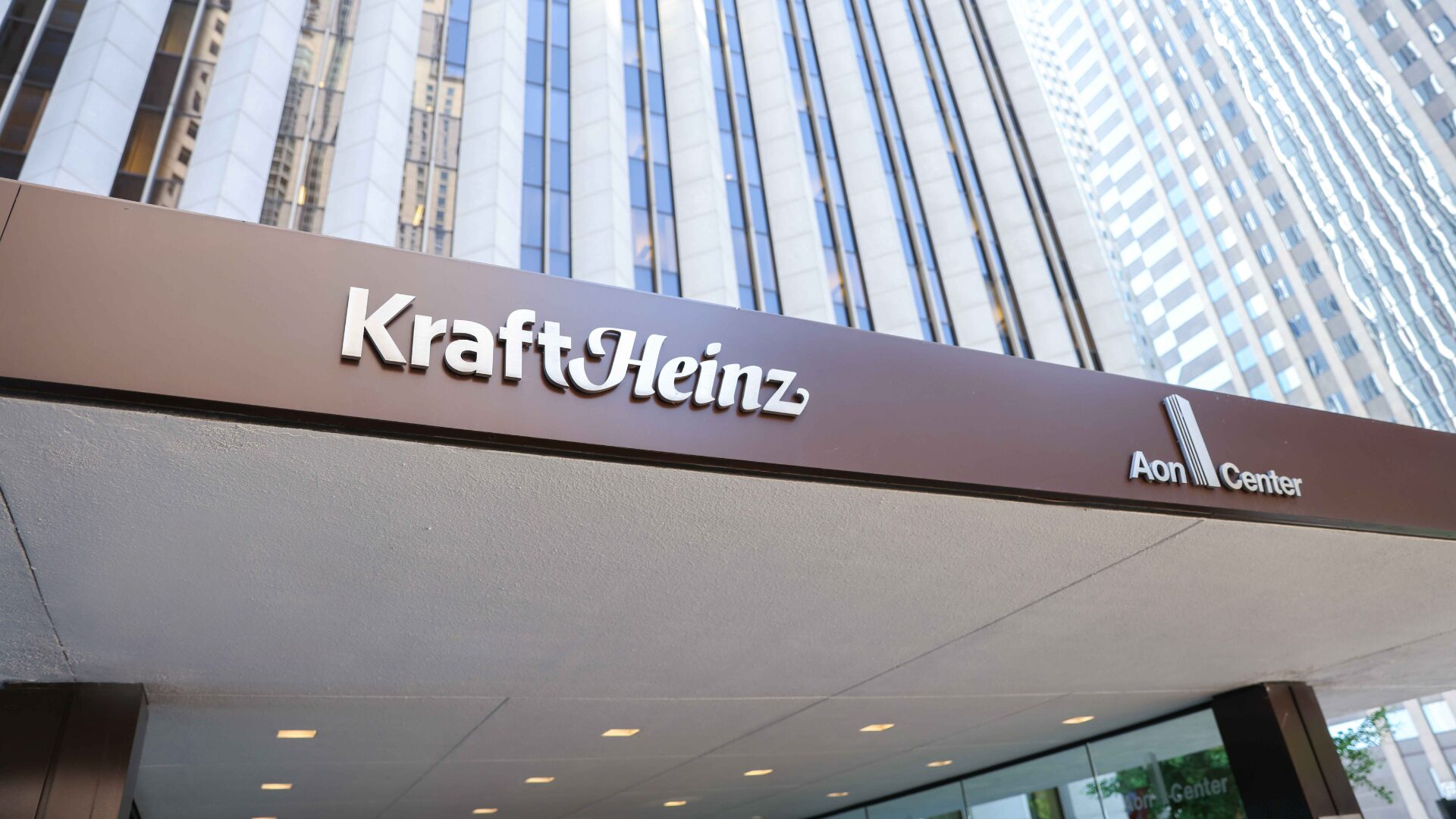Americans are feeling the effects of the pandemic in their pocketbooks, with inflation rising at its fastest clip in four decades.
This morning, the Labor Department reported that the Producer Price Index for final demand increased 9.6% from a year earlier and 0.8% from the prior month.
Energy and food prices, in particular, are denting people’s wallets, with food prices up 6.1% compared to last year and energy prices up more than 33%, the Consumer Price Index for November showed last week.
An Intuit QuickBooks survey released Monday (Dec. 13) indicated 97% of business owners and consumers are worried about inflation, with 45% saying it’s the biggest threat they face. Sixty-three percent said they planned to raise prices in the next three months.
Inflationary pressures prompted Federal Reserve Chairman Jerome Powell to say the central bank would accelerate plans to scale back its bond-buying program and could start raising interest rates sooner than had been planned.
“Inflationary pressures are building in the economy and that is going to force the Fed’s hand,” Chris Zaccarelli, chief investment officer for Independent Advisor Alliance, told Yahoo! Finance (Dec. 10). “Specifically, the Fed is going to have to increase the pace of their tapering plans – potentially reducing their buying twice as quickly, down by $30 billion/month instead of $15 billion/month – and then look to either balance sheet reduction (i.e., outright selling of bonds that they’ve already purchased) or interest rate hikes, in order to combat inflation.”
Inflation in the food sector largely is being caused by the inability of companies to ramp up to pre-pandemic levels, coupled with rapidly rising wages, Marcel Bens, managing partner at Emil Capital Partners, told The Food Institute.
“There are many reasons why inflation is hitting the food industry right now, and the biggest reason is cost-push inflation,” said Carl Motter, chief revenue officer at Van’s Kitchen. “This occurs when overall prices increase due to an increase in the cost of raw materials and wages, and if you include products being in such high demand right now, plus the rate at which workers are resigning, it’s a recipe for disaster.”
The November CPI indicated prices overall were up by 6.8%, with overall food prices up by 6.1%. Food-at-home, the government’s description for grocery items, was up 6.4% while food-away-from-home was up 5.8%.
Food prices are being hit by a triple whammy: labor shortages leading to higher wages, supply chain issues leading to increased shipping costs, and rising energy prices leading to higher production and shipping costs.
Restaurant operators are being backed into a corner.
“Most independent operators are very afraid to raise prices out of fear of losing customers,” said Eric Bam, vice president of sales and marketing at Perfect Crust Pizza Liners. “They are still charging the same price for a pizza as they did three years ago while everything else around them goes up… All the while third-party delivery is eating profits also.”
Bryan Cannon, a stock market technical analyst and CEO at Cannon Adivsors, said the government needs to begin raising the overnight lending and borrowing rate to reduce the money supply and slow demand, but doing so will be tricky.
“If not perfectly balanced, it will lead to a slowdown in the overall economy. With only five previous times in history since the 1920s where the U.S. experienced excessive inflation over 5%, there is not a large pool of experience to draw from,” Cannon said. “Four out of the previous five periods of excessive inflation in the U.S. since the 1920s lasted on average one to two years in duration. The fifth one which occurred from 1973-1981 happened to coincide with stagflation where growth was slowing.
“As of now, we are still seeing a steady pace of strong corporate earnings, so if this small handful of historical instances provides any insight, it would be that as long as the U.S. maintains healthy growth, this current inflationary period should not last more than a few years.”












